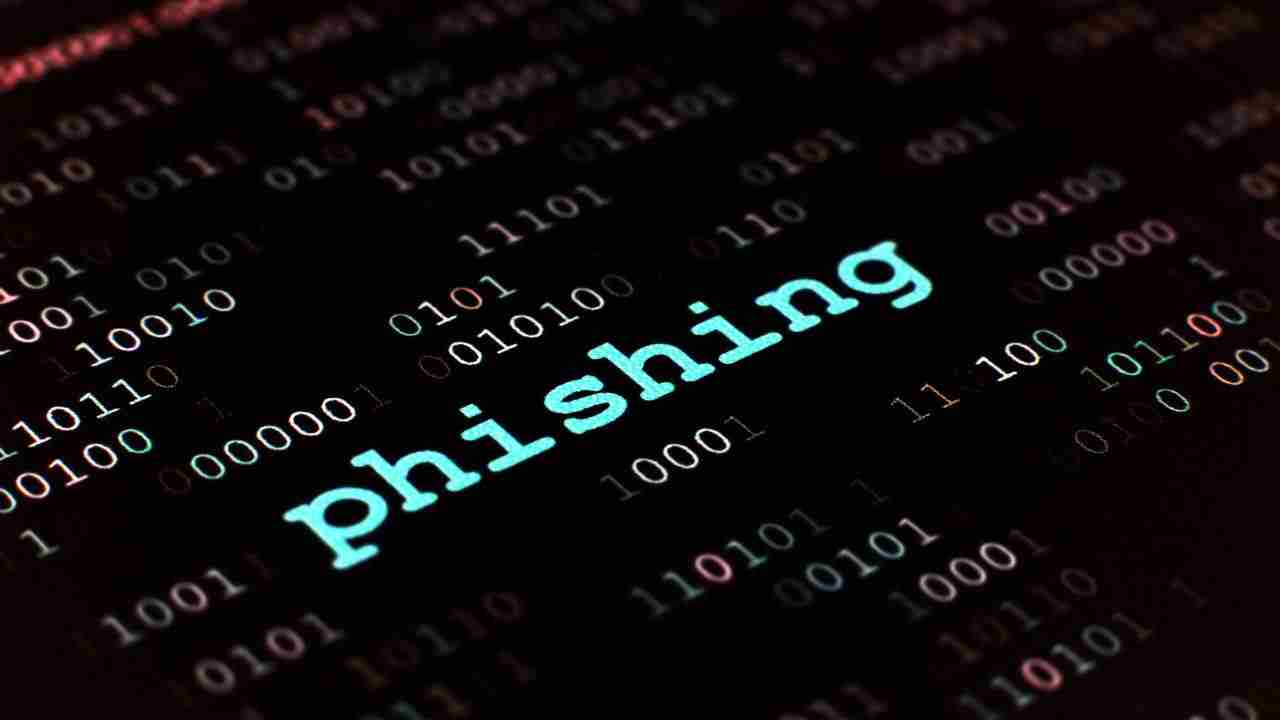Anti-phishing solutions are security measures designed to prevent users from falling victim to phishing schemes that demand personal details, such as login credentials and other financial or personal information. These solutions use email filtering, web content scanning, awareness messages, and real-time threat feeds to detect and reduce the identified phishing attacks.
TTR Technology provides cybersecurity solutions for various businesses and individuals who have fallen victim to cybercriminals’ recent complex and inventive malicious activities.
Why is phishing a problem?
Businesses worldwide are experiencing an increase in cyber threats, regardless of size. Small law firms struggle with client transactions, whereas large companies face unintentional compromises of millions of passwords.
In 2020, 39% of all businesses and 26% of charities in the UK reported cyberattacks. These attacks cost an average of £8,460, and unfortunately, a big chunk goes to the criminals.
In the UK, tax refund scams are prevalent, with over 800,000 reported attempts in the last 12 months. In the United States, cybercrime losses exceeded $4.1 billion in 2020, with phishing being a significant issue. Phishing attacks have drastically increased in Europe, with an estimated increase of about 718%.
What Cybercriminals Do With Phishing-Bound Data?

Many people and organizations have fallen victim to phishing, and when the hackers succeed, the results are very ugly. Most of the hackers go around with the aim of stealing and using personal details like SSNs, DOBs, and addresses to conduct identity theft, create new credit accounts, or even get loans and make unauthorized purchases.
Financially speaking, an average data breach in the United States costs $9.44 million. For instance, in 2013, Target Company suffered a $200 million loss, leading to the theft of over 40 million credit card numbers. Attackers frequently use credentials in credential-stuffing techniques, as evidenced by the 2019 Disney+ breach.
Sensitive information frequently serves as a tool for extortion or blackmail. Responding to the Colonial Pipeline attack that happened in 2021, the attackers asked for a $4 million ransom. Data from initial breaches can also enhance the specificity of phishing, accounting for over 80% of reported security breaches, as demonstrated by the 2016 attack on John Podesta.
This led to the emergence of corporate spying, a practice that costs the United States $600 billion annually. The 2014 Sony Pictures hack had over $100 million in financial consequences. Cybercriminals use stolen contact information to send spam emails and scams, such as the COVID-19 phishing scams of 2020. The dark web marketplace continues to sell stolen data.
While social engineering attacks, which doubled in 2020, will become the most widespread type of cyber threat, examples of phishing include the attack on Twitter in mid-2020. Medical identity theft impacts 2.3 million Americans annually, with the 2015 Anthem breach compromising 78.8 million individuals’ data.
Advanced Phishing Detection Techniques
- Employ URL inspection systems to block malicious links and ensure safe browsing for your employees.
- Check incoming emails rigorously for signs of phishing, thereby protecting your business from potential threats.
- Enforce sender authentication protocols such as SPF, DKIM, and DMARC to verify the legitimacy of email senders and prevent spoofing.
- Utilize machine learning algorithms to identify patterns indicative of phishing attempts and proactively block them.
- Invest in comprehensive security awareness training to educate employees on recognizing and responding to phishing attacks effectively.
- Deploy web filtering solutions to block access to known phishing websites and minimize the risk of employees falling victim to such threats.
- Implement real-time analysis tools to swiftly detect and neutralize phishing attempts, minimizing potential damage.
- Utilize behavioral analysis techniques to monitor user interactions and identify suspicious behavior that may indicate phishing activity.
- Provide ongoing security awareness training to keep employees informed about the latest phishing threats and best practices.
- Implement multi-factor authentication solutions for an added layer of protection against phishing attacks to improve security measures.
Anti-Phishing Solutions Your Business Must Focus On

Blocklist and allowlist
A blocklist is a list of malicious URLs, IPs, and DNS queries that restrict access to unsafe sites. Allowlists restrict web access by only allowing URLs and domain names, denying access to all others.
Regular updates ensure these lists provide effective protection against known threats and prevent employees from opening unwanted content.
Heuristic Analysis
Heuristic methods recognize various email and website behaviors, including links, sender addresses, and attachments, which collectively act as a defensive shield against phishing.
This method is important because it helps to determine emerging forms of phishing attacks that may not be detected in blocklists or allowlists while still helping businesses to uncompromisingly stay a step ahead of the attackers.
Content Filtering
Content filtering searches email and web content using keywords, phrases, or patterns commonly used in phishing techniques. Advanced content filters employ natural language processing (NLP) to identify phishing indicators, thereby blocking the delivery of messages to the user and potentially threaten the information.
Visual Analysis
This examines similarities in the visual layout and messages between phishing and genuine sites. These tools can analyze logos, layouts, and colors, which can help identify and remove lookalike content that tries to use trusted brands’ logos to trick employees into clicking on links.
Artificial intelligence and machine learning
In AI, machine learning algorithms scan large data volumes to find phishing patterns and predict future phishing schemes. These technologies keep improving with each attack, so they can effectively diagnose and prevent complex phishing scams on the fly, giving businesses responsive and aggressive security.
Network on Round-Trip Time
Monitoring network RTT enables us to combat such threats by identifying instances where a phishing site experiences excessive delays or unusually long data exchange times between the site and its user.
They are significant because they can assist with additional investigations and make it possible to block potential threats, including phishing sites that employees can accidentally visit.
Passwordless Authentication
Adopting new forms of authentication, such as biometrics or OTPs, would help to avoid attacks that exploit the password. This way, businesses will be able to decrease the risks of phishing and other related types of cyber threats. And this will improve not only the companies’ security but also the user experience.
TTR Technology’s Anti-Phishing Solutions
Having a systematic way of protecting your business from the common threat of phishing is a complicated process that includes early detection, raising awareness among employees, and constantly updating the system.
TTR Technology focuses on delivering innovative anti-phishing solutions to suit your business and organizational requirements. Contact us now and protect yourself with TTR Technology and don’t be the next victim of a cyber attack.





